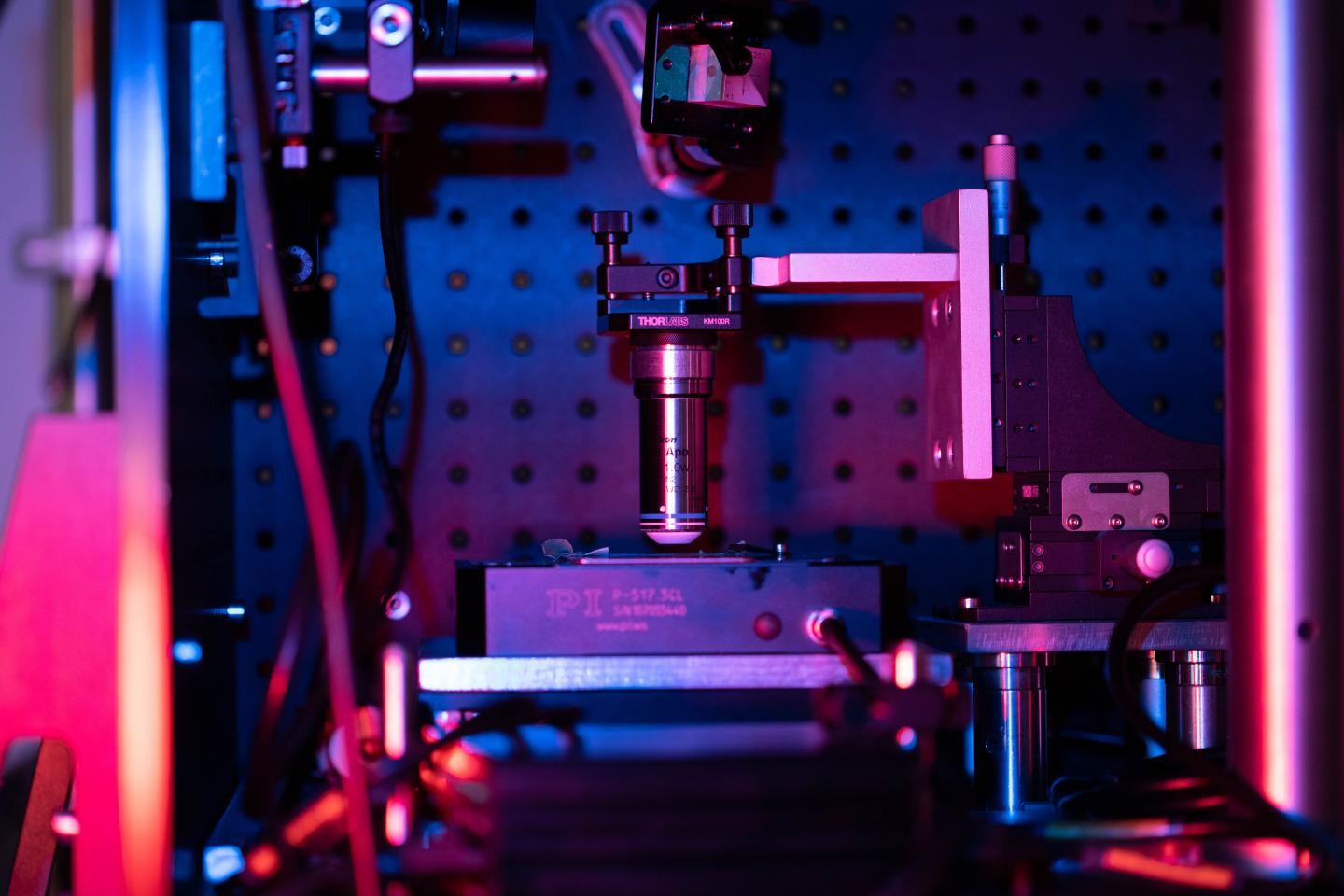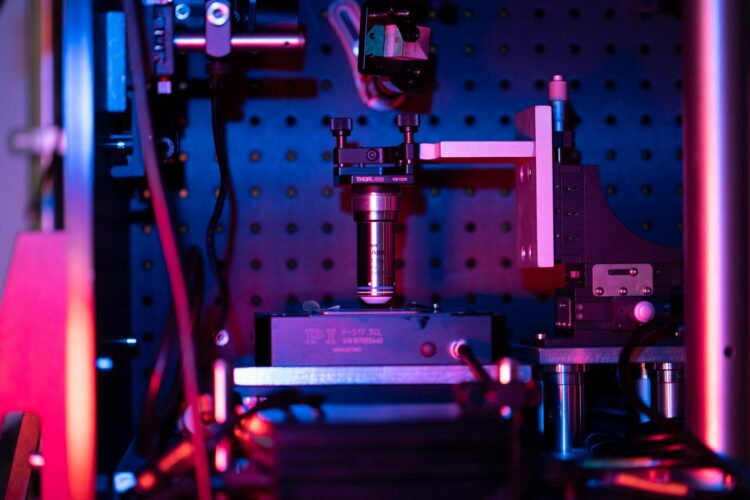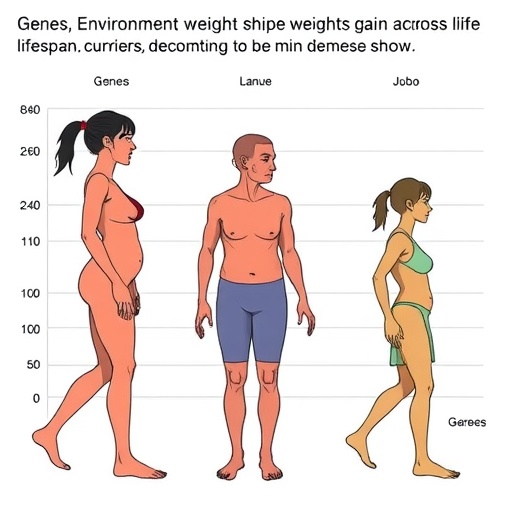Coordinated by Politecnico di Milano, the project is funded by European Commission with a budget exceeding 5M€

Credit: Politecnico di Milano
A breakthrough in microscopy and endoscopy will soon revolutionize the study of the cellular origin of diseases, advancing the field of precision medicine. This is the goal of CRIMSON, a trans-disciplinary and trans-national research project recently funded by European Commission. It will develop the next-generation bio-photonics imaging device for biomedical research, combining advanced laser techniques with artificial-intelligence data analysis. This groundbreaking microscope will provide three-dimensional quantitative maps of sub-cellular compartments in living cells and organoids and enable fast tissue classification with unprecedented biomolecular sensitivity. High acquisition speed will allow the observation of intra and inter-cellular dynamic changes by time-lapse imaging.
The CRIMSON project, starting 1 December 2020, lasting 42 months and with a budget exceeding 5M€, will also simulate future in-vivo studies and demonstrate the capability to image inside the body, realizing an innovative endoscope and applying it to ex-vivo thick tissue samples. The results have potentially profound societal impacts, improving patients’ quality of life and reducing public healthcare costs.
A multidisciplinary team of world-leading organizations with vertical integration of all required skills composes the consortium, coordinated by Politecnico di Milano (Italy). Three research centers (Politecnico di Milano – Italy, Leibniz Institute of Photonic Technology e.V – Germany and Centre National de la Recherche Scientifique – France), with long-standing expertise in photonics, spectroscopy and nonlinear microscopy, will develop the technology. Three biomedical partners (Istituto Nazionale Tumori – Italy, Institut National de la Santé et de la Recherche Médicale – France and Jena University Hospital – Germany) will validate the imaging system on open biological questions related to cancer, as paradigmatic examples of the complexity and heterogeneity of cellular diseases.
###
Four innovative SMEs (Active Fibre Systems GmbH – Germany, Lightcore Technologies – France, Cambridge Raman Imaging Limited – UK and 3rdPlace S.r.l. – Italy), including a biomedical equipment manufacturer, will commercially exploit the innovation, thus creating a competitive advantage in the European biophotonics-related market for microscopes and R&D tools.
This project has received funding from the European Union’s Horizon 2020 research and innovation programme under grant agreement No 101016923. This communication reflects only the author’s view and the Commission is not responsible for any use that may be made of the information it contains.
Media Contact
Francesca Pierangeli
[email protected]
Original Source
http://www.





